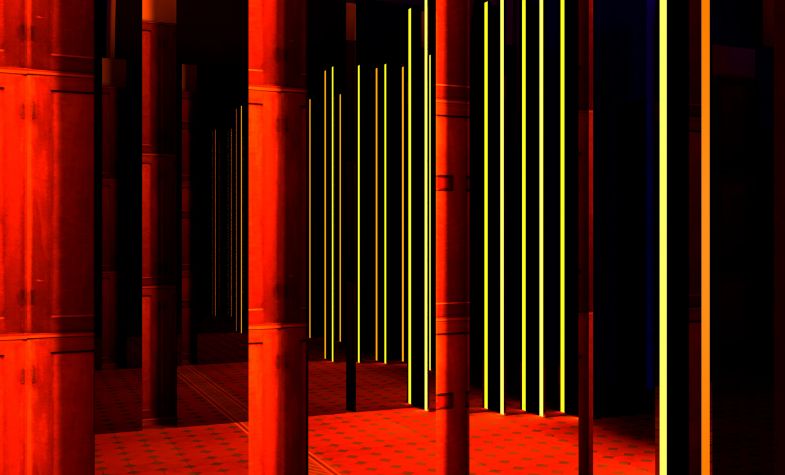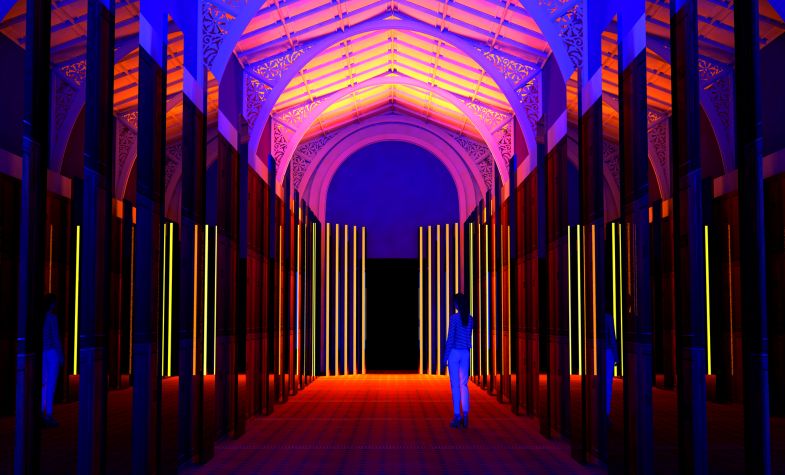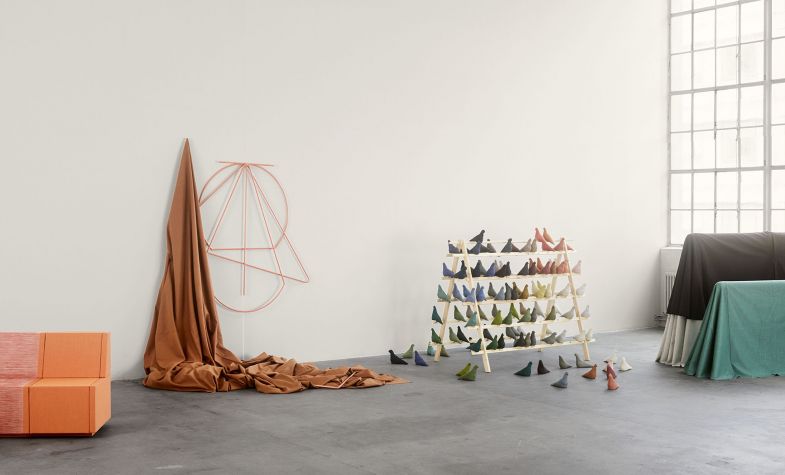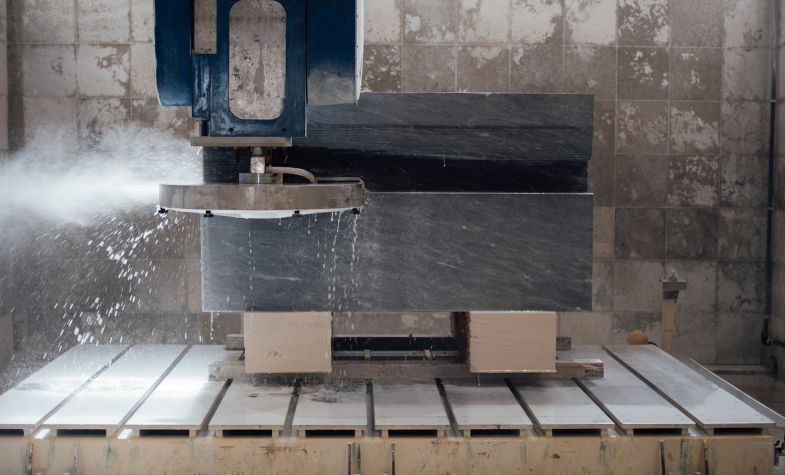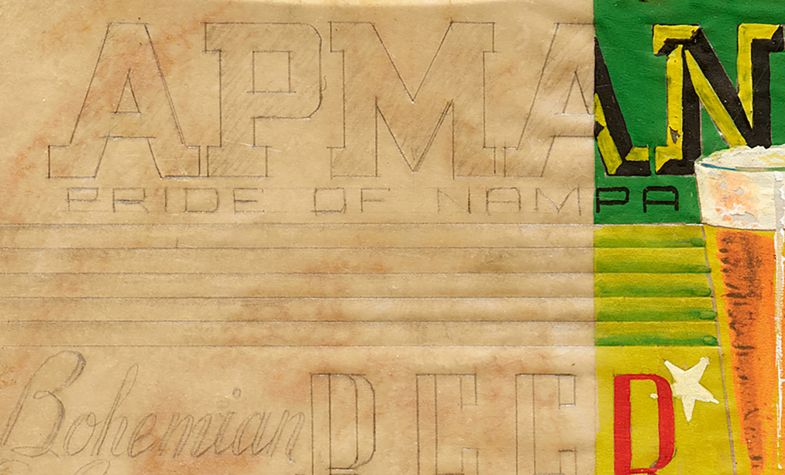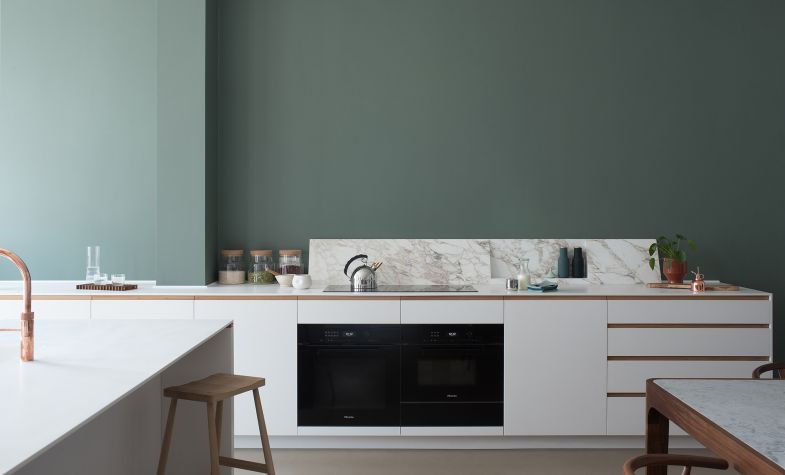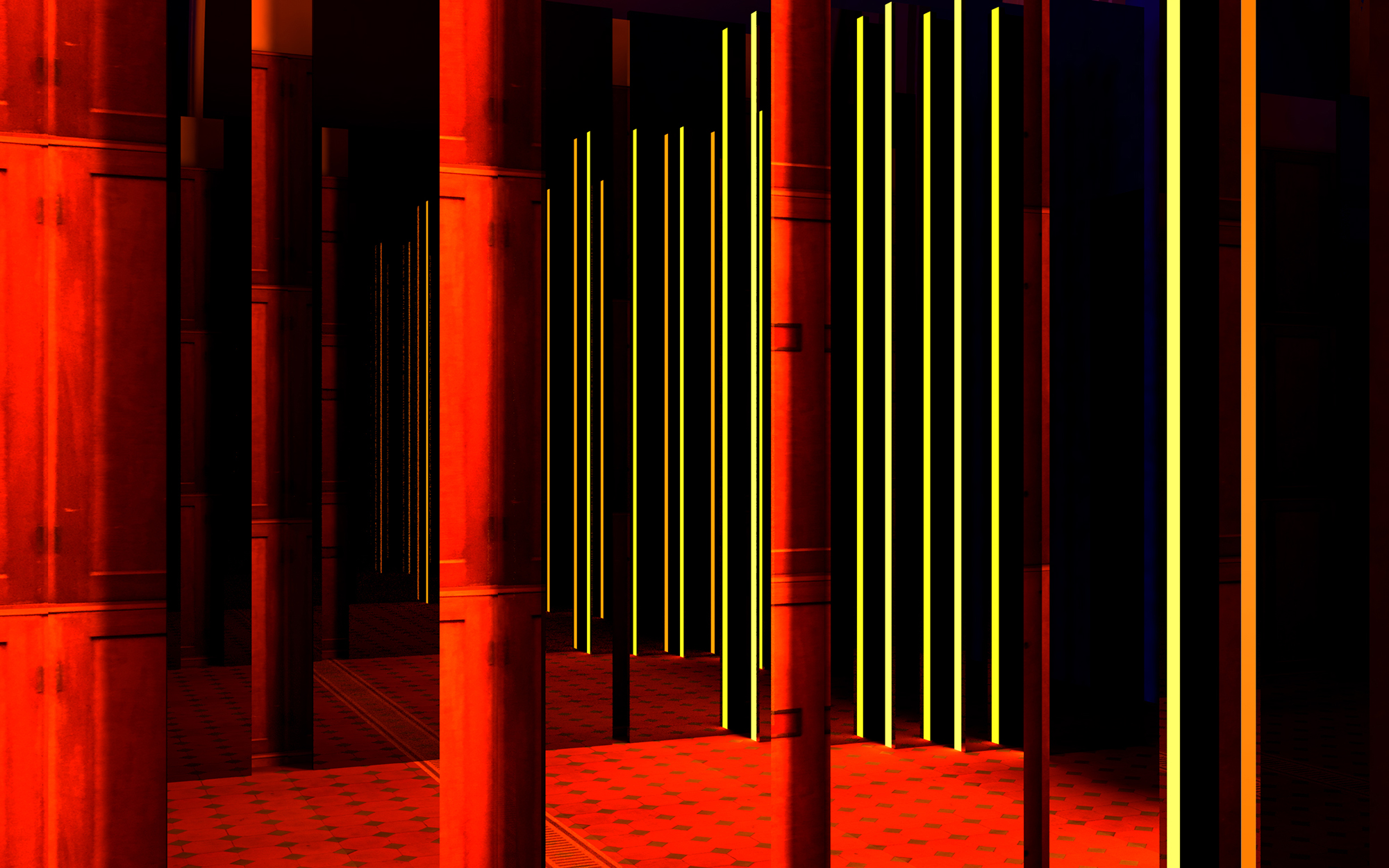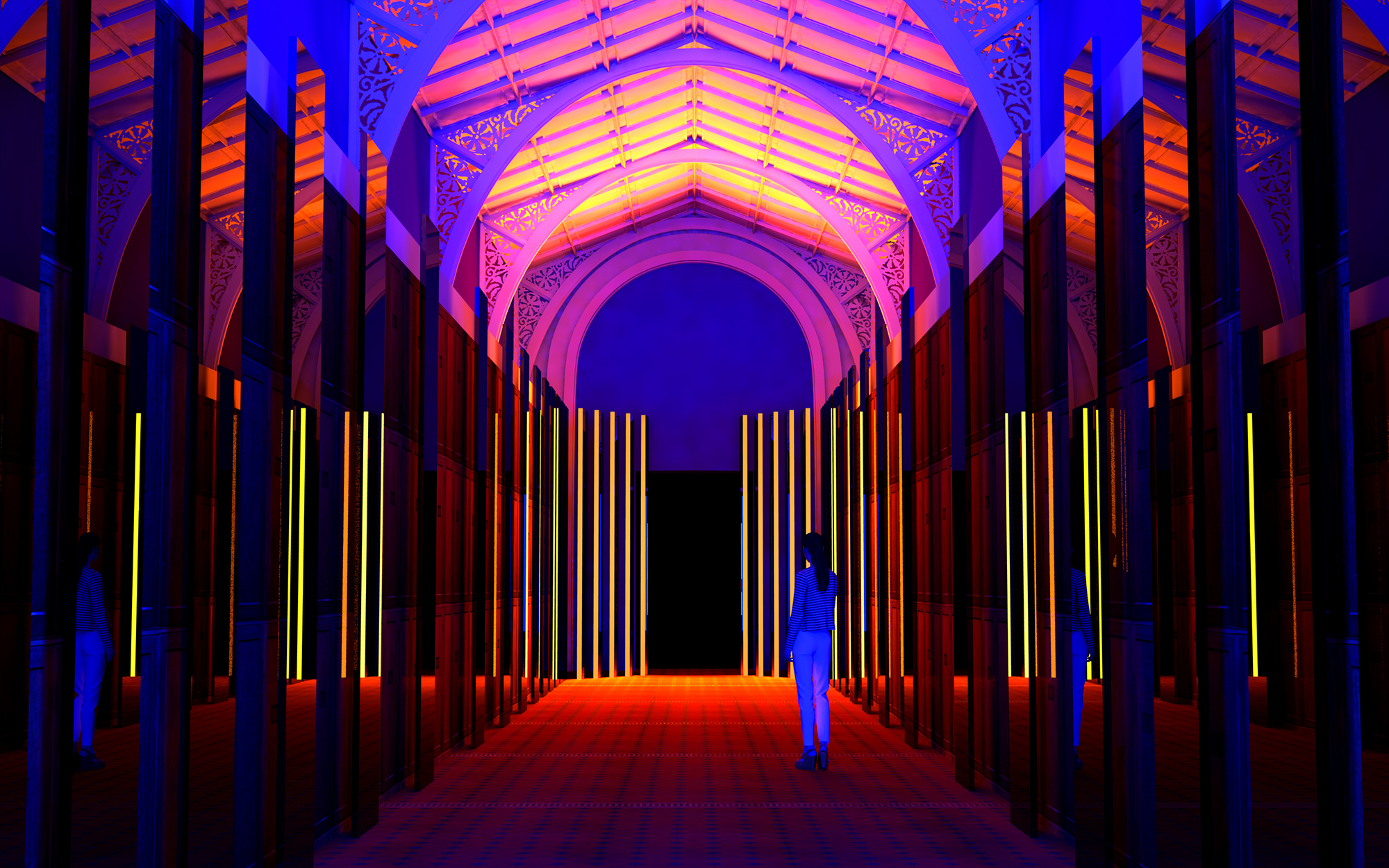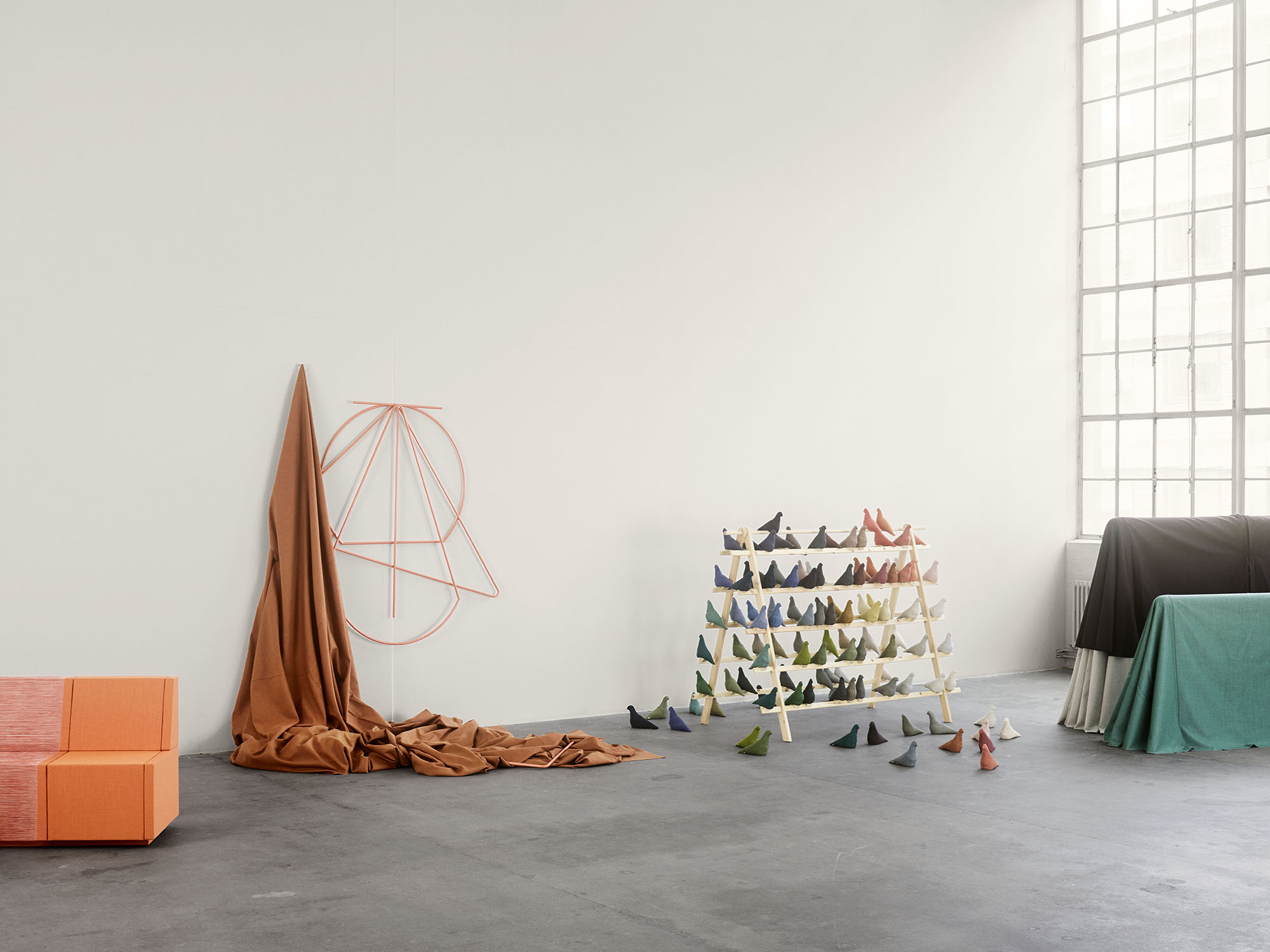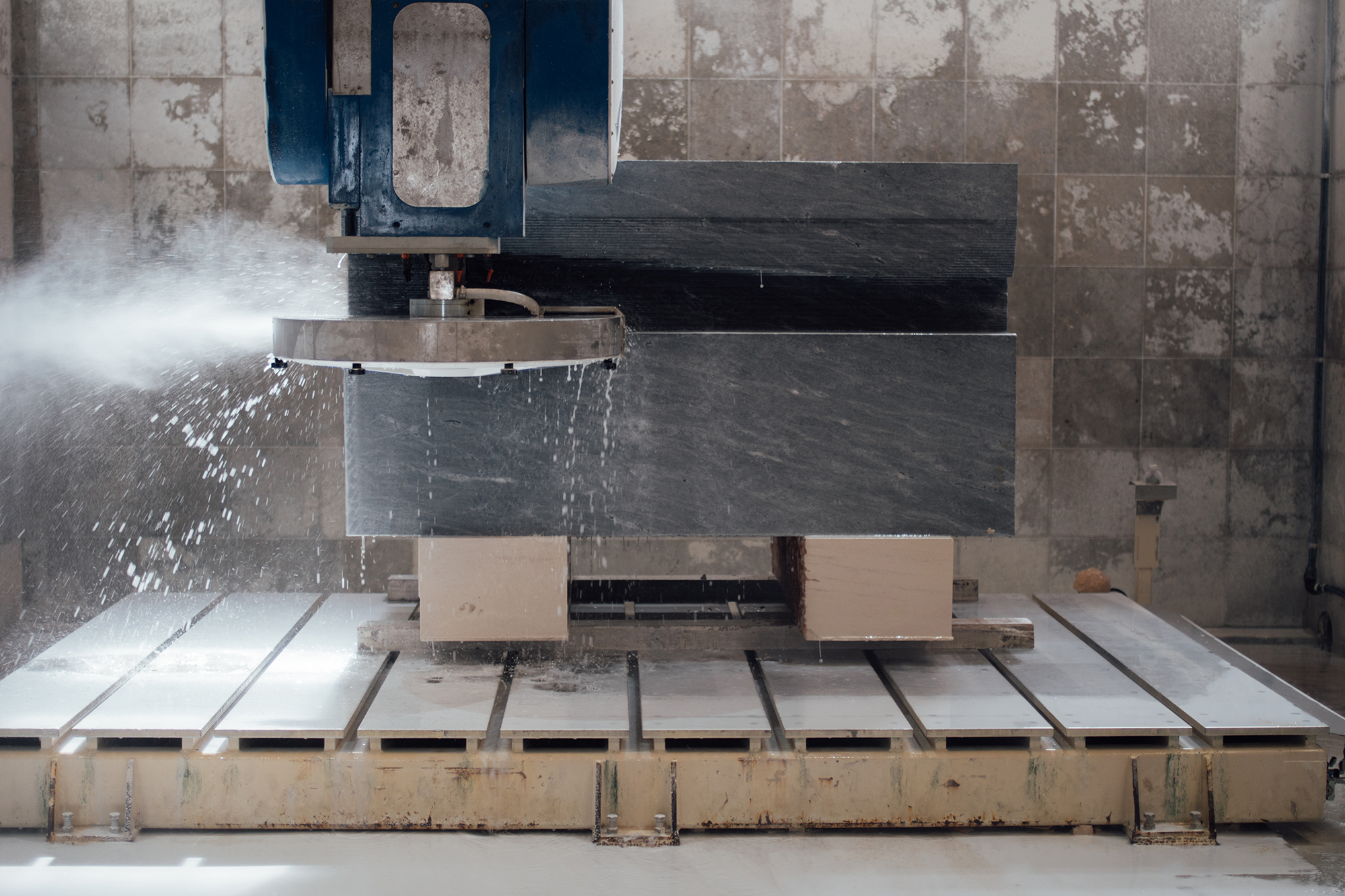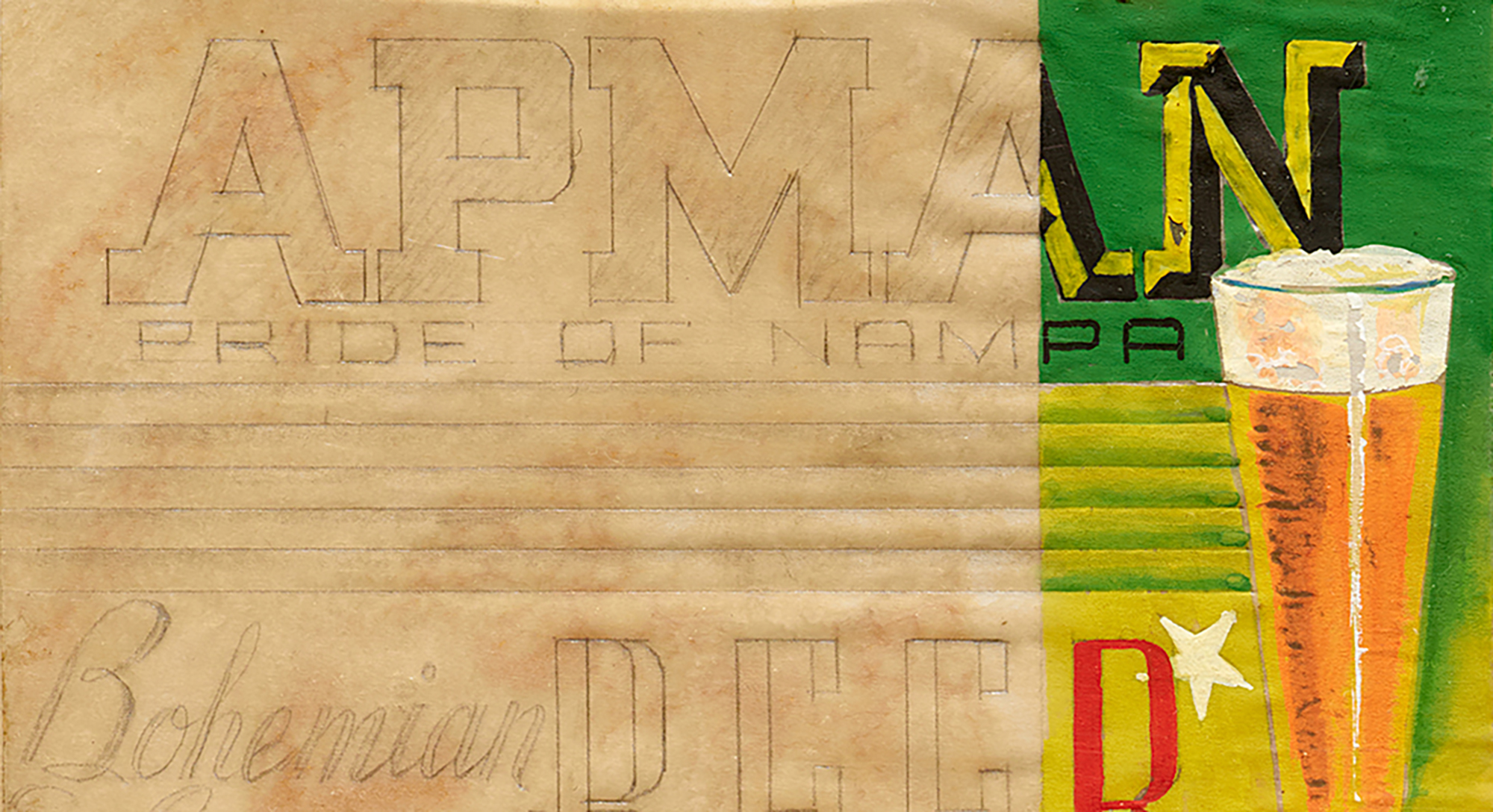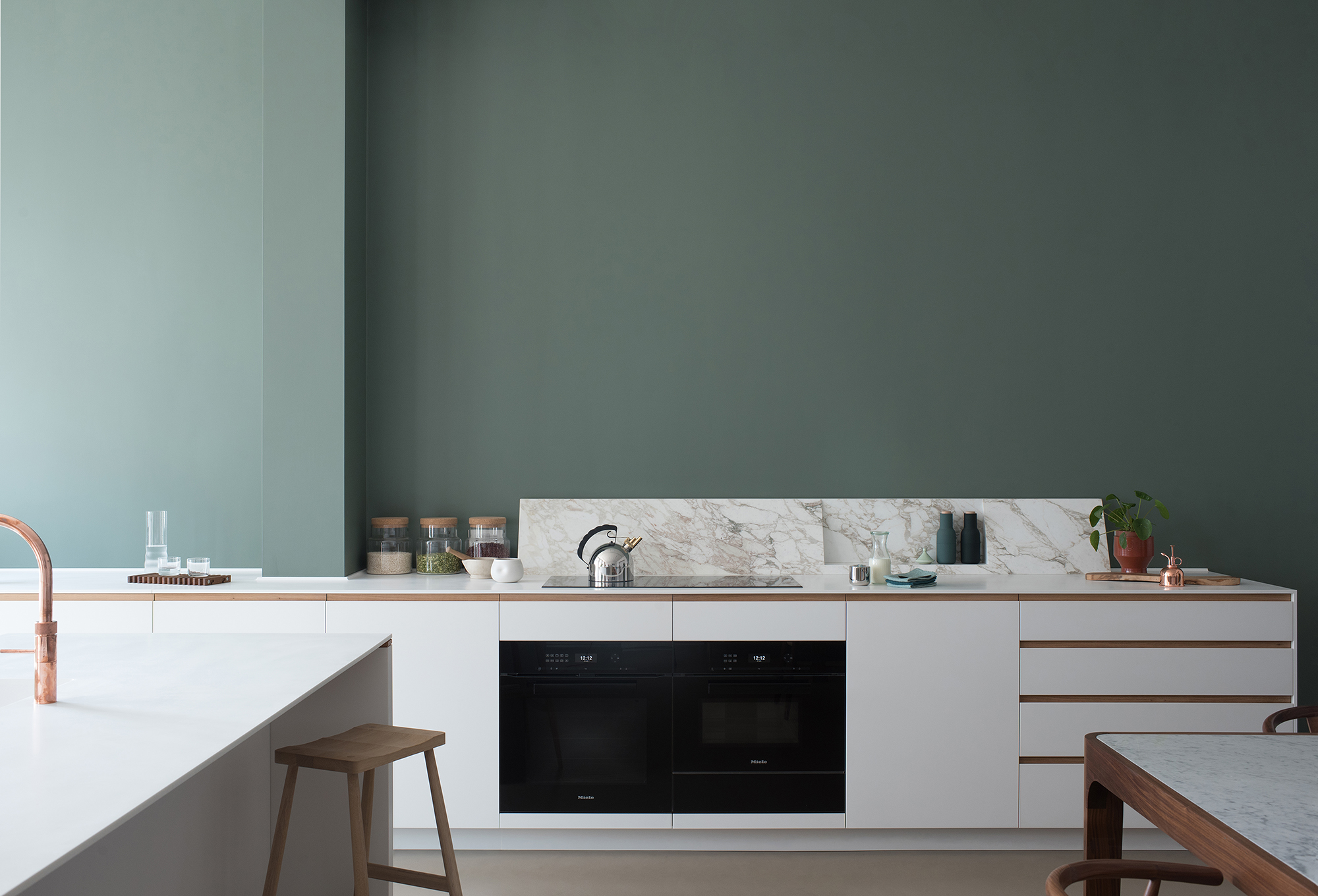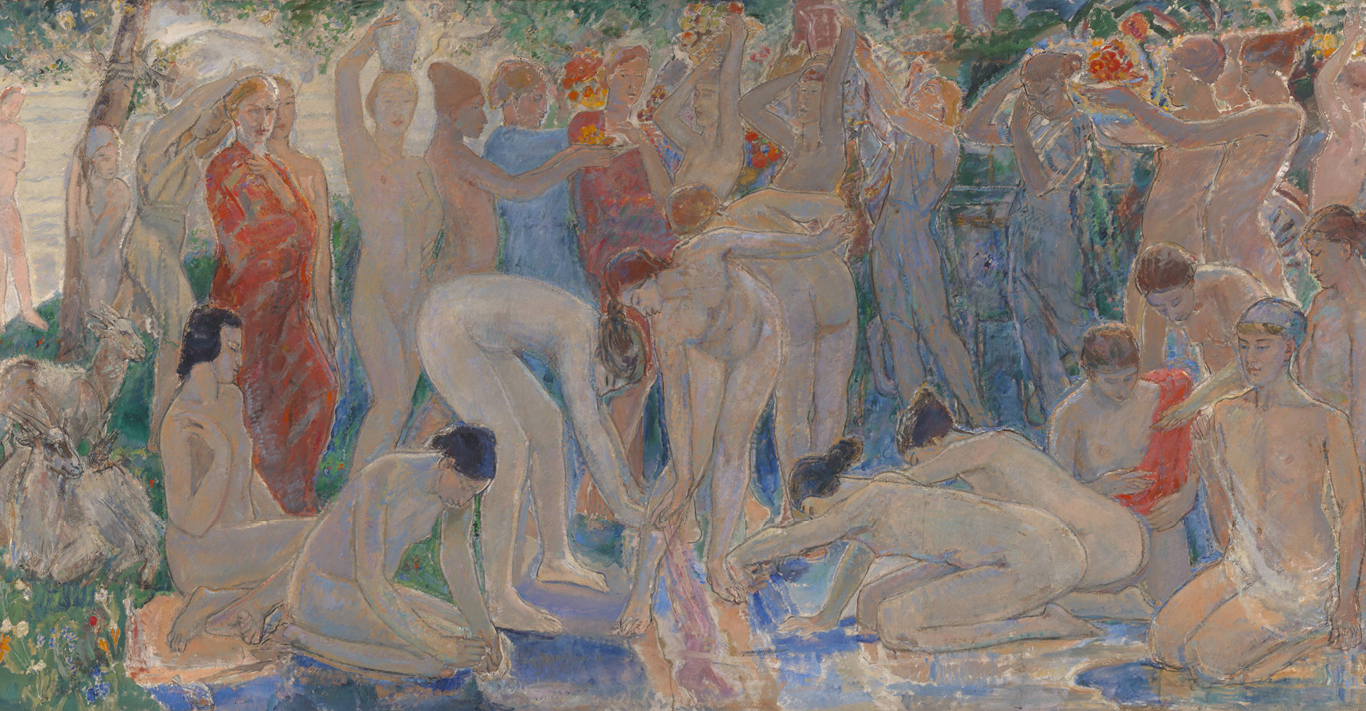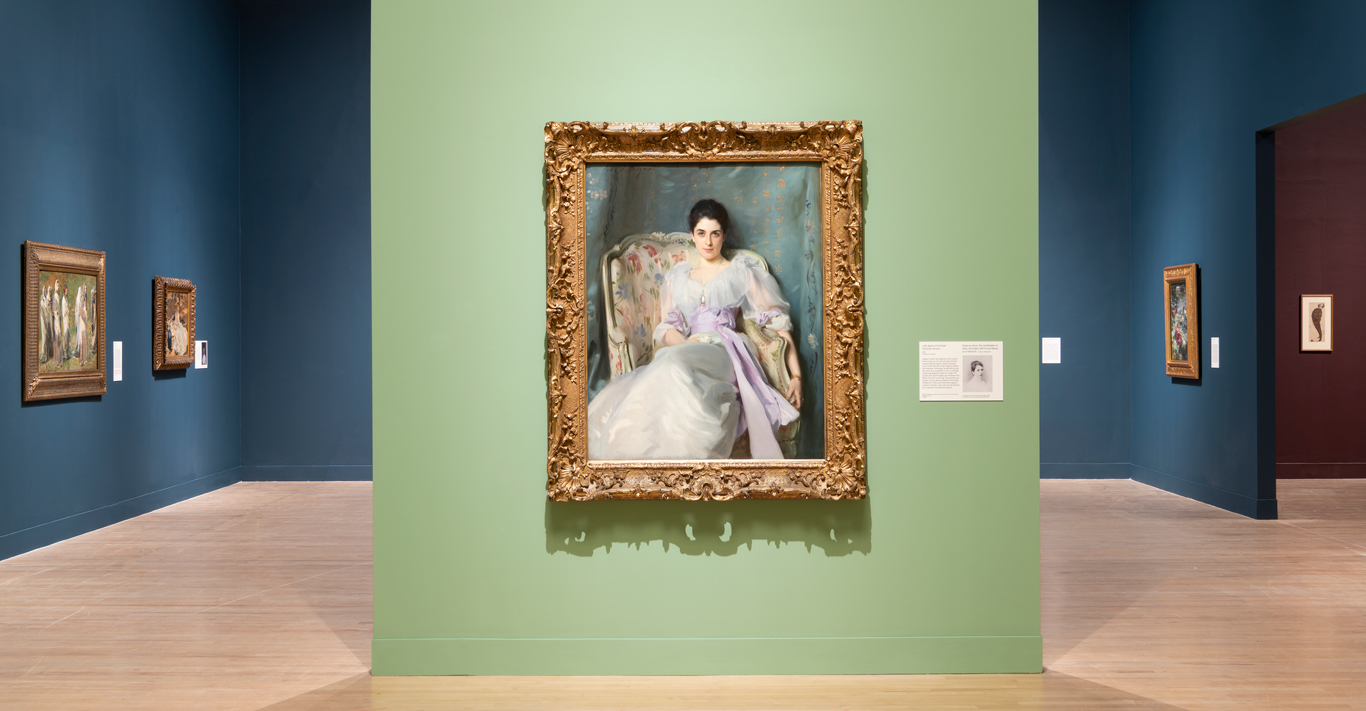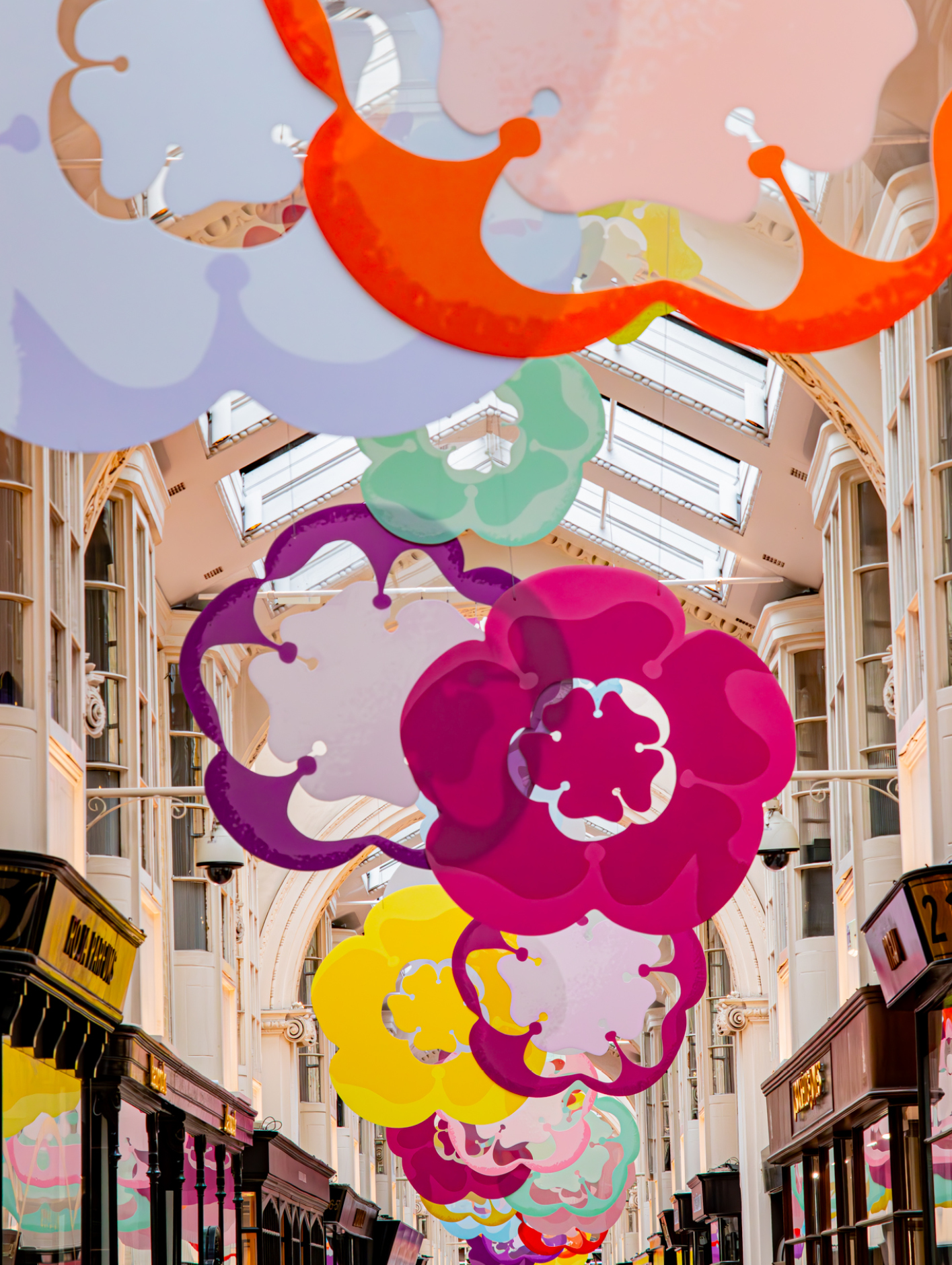Words
Amy Raphael
Sadiq Khan recently referred to London as ‘the design capital of the world,’ and the mayor, of course, knows what he’s talking about. The city boasts some of the best art schools, the Design Museum in Kensington and, every September, the wonderfully eclectic London Design Festival.
In the 15 years since it was established by Sir John Sorrell CBE and Ben Evans, London Design Festival has showcased work by the likes of Zaha Hadid, Tom Dixon and Thomas Heatherwick.
For the 2007 festival the late Hadid designed a flowing concrete bench for the Southbank, created using 30 tonnes of polished black blocks, it had a calming cloud-like quality. Across the river in 2006 in Trafalgar Square, Tom Dixon nearly caused a riot when he gave away 500 of his polystyrene chairs to members of the public. Some projects have been more audacious than others: in 2011, Heatherwick pushed for Vidal Sassoon to be given a Lifetime Achievement Award by wearing one of Sassoon’s strikingly architectural wigs at the judge’s dinner. The same year, John Pawson – designer of the Design Museum – spent 12 months convincing St Paul’s Cathedral to allow him to create an installation in the Dean’s Staircase, an entrance previously closed to the public. This year, the nine-day London Design Festival attracted around 3.3 million visitors from 75 countries to see 400 events, exhibitions and installations (those in Trafalgar Square alone were seen by more than a million people).
With its ‘blockbuster schedule’, it was almost impossible for even the most dedicated to see everything on offer. The festival was held throughout eight distinct Design Districts, each with their own character and identity. Running from east to west and from north to south, Mayfair was included for the first time this year. The premiere of a Vitra installation of Eames plastic chairs found its natural home in the Clerkenwell Design Quarter.
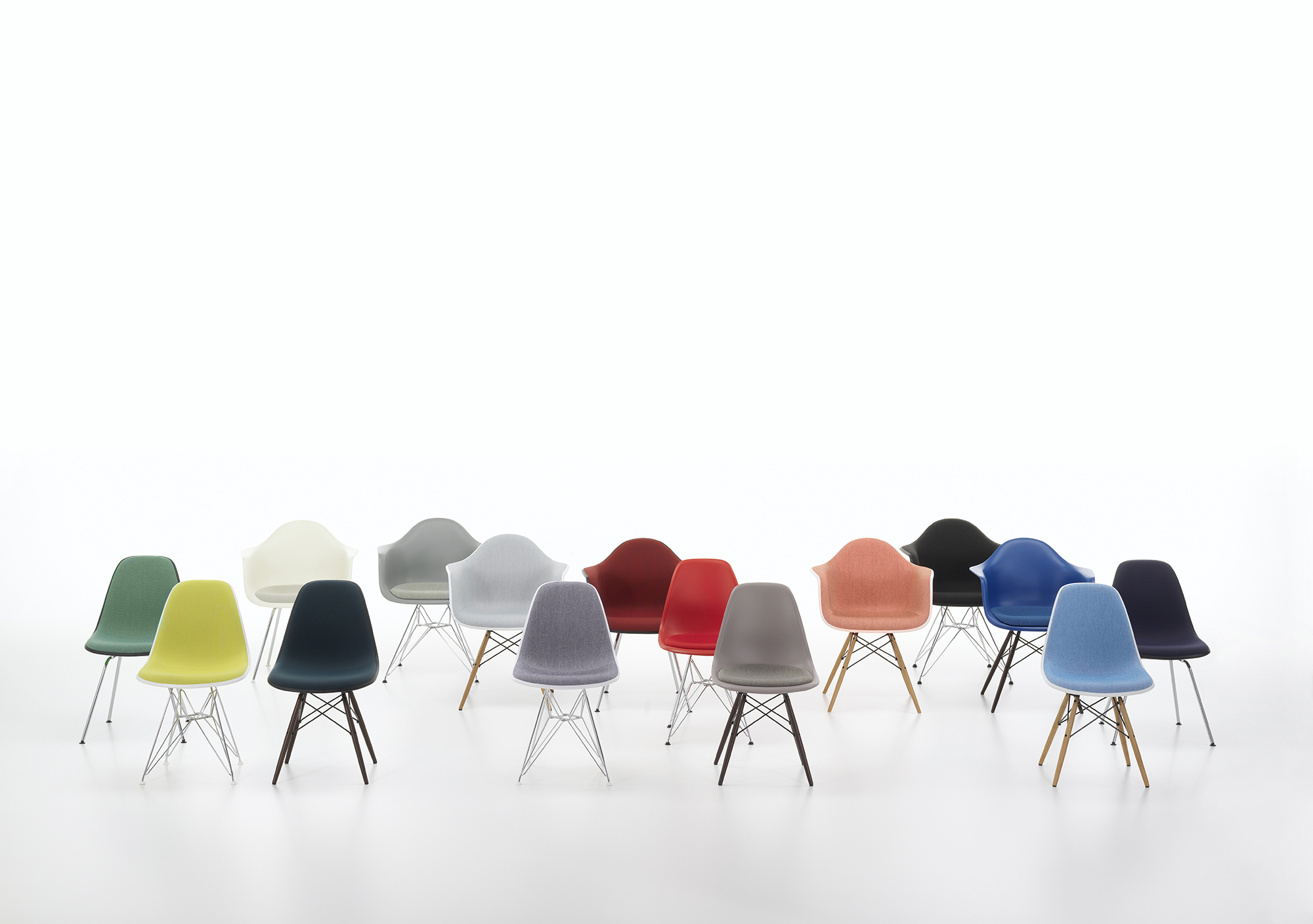
The Porcelain Gallery was also hosted here, in a converted garage (where everything was made of porcelain); a showroom of Jack Trench’s handcrafted kitchens and a selection of the best new European designs was hosted by contemporary furniture company Viaduct.
Shoreditch Design Triangle, meanwhile, held a long list of impressive events, including a programme of product launches hosted by SCP, exploring their own collaboration with Penguin Books and Jasper Morrison. The innovative contemporary design brand, Established & Sons, known for its support of young designers, also revealed its new studio and apartment showroom.
Bankside, which runs along the Thames from Borough Market to Oxo Tower Wharf, had a typography theme and it is here that San Francisco’s Letterform Archive showcased their collection in the UK for the first time. A non-profit centre, the archive has a beautiful collection of books, periodicals, posters, sketches and original art – typography junkie heaven. As in previous years, museums were also involved in London Design Festival. Set in Stone at the Design Museum presented an investigation of marble and limestone by eight designers, on display both inside and outside the museum. The V&A, which served as the official festival hub, dazzled with the Reflection Room, Flynn Talbot’s immersive coloured light experience in the Prince Consort Gallery.
‘The festival’s value is in the transformation of the city – hence the many smiles on faces in Broadgate’
The space, which has housed over 30,000 textile samples in the past, was lit with orange and blue, connecting past and present. London Design Festival prides itself on allowing new designers space to show their work, but Design Frontiers at Somerset House also featured 30 leading international designers from different disciplines. Tord Boontje, whose Garland light shade was Habitat’s bestselling product in 2003, redefined the chandelier in his collaboration with Swarovski, while the My Canvas exhibition was all about colour and textiles. Perhaps the most obviously striking of all the works was Camilla Walala’s Villa Walala.
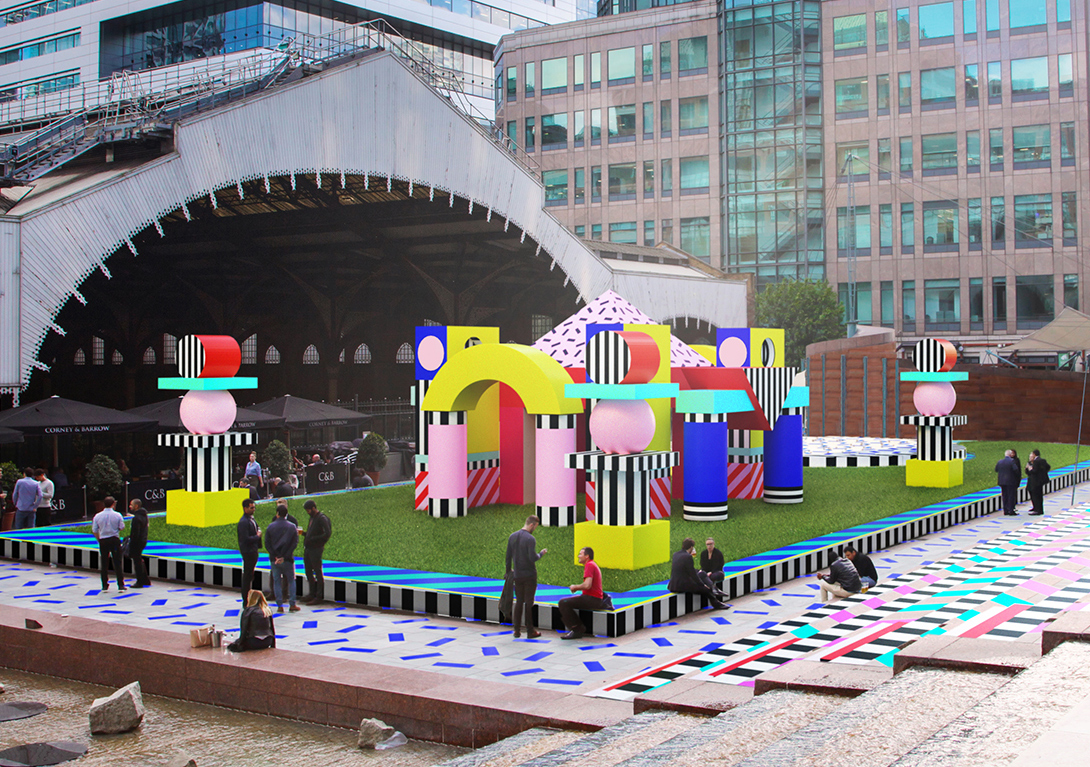
A graduate in Textile Design from the University of Brighton, she cites her influences as the Memphis Movement, the Ndebele tribe, Optical Art master Victor Vasarely and the ‘simple desire to put a smile on people’s faces.’ Constructed from vinyl and nylon, the ‘building-block castle’ displayed her trademark, vividly coloured, digitally printed patterns. Its location in Broadgate, the heart of the City, was no accident, it was intended to be a visual antidote to inner-city architecture, and Walala hoped that the ‘play-scape’ would invite local workers to interact with the structure, which included a collection of squeezy stress balls. London Design Festival has contributed £313m to the London economy over the last ten years, which proves its financial value to the city. The festival’s value is also in the subtle – and, in the case of Villa Walala, not so subtle – transformation of the city, hence the many smiles on faces in Broadgate.
London Design Festival will return in autumn 2018, londondesignfestival.com

